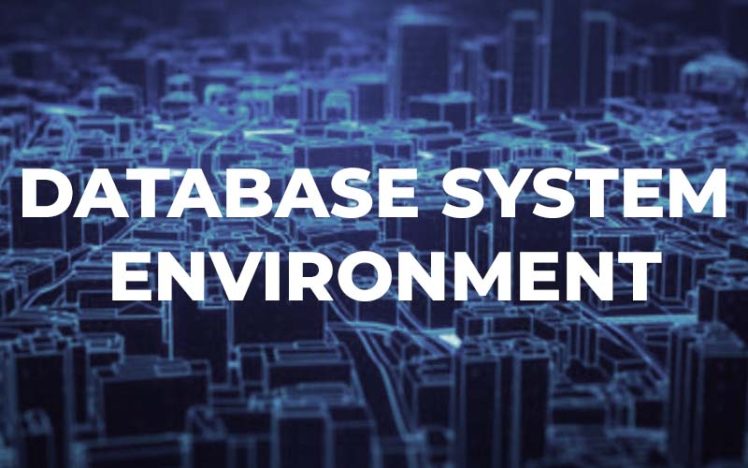Describe the various types of Telecommunications Network.
There are many different types of telecommunications networks. However, from an end users point of view, there are two basic types: wide area and local area networks. Telecommunications networks covering a large geographic area are called remote networks, long distance networks, or, more popularly, Wide Area Networks (WANs). Network’s that cover a large city or metropolitan area (metropolitan area networks) can also be included in this category.
Such large networks are becoming a necessity for carrying out the day-to-day activities of many business and government organizations and their end users. They are used by manufacturing firms, banks, retailers, distributors, transportation companies, government agencies, and many other organizations to transmit and receive information across cities, regions, countries, or the world.
Local Area Networks (LANs):
Local Area Networks (LANs) connect information processing devices within a limited physical area, such as an office building, manufacturing plant, or other worksite. They have become a major type of telecommunications network since micro-computers were introduced into offices, departments, and other work groups.
LANs use a variety of telecommunications media and communications processors to interconnect computer terminals, personal computer workstations, other computer systems, and other types of computer peripheral devices. These local networks are connected to wide area networks by communications processors forming a common interface called a gateway.
Local Area Network.
- The transmission media is shared by all the connected devices in the network.
- Each device connected in the network can either operate stand alone or in the network.
- Area covered is small.
- Data transfer rates are high, usually 1Mbps to 100 Mbps
- Each device connected in a network can communicate with any other device in that network.
- Cost of setting up the network is usually low.
- Four types of channels are used for communication:(a) Twisted Pair Cable (b) Coaxial Cable (c) Fiber-Optic Cable (d) Radio-waves.
- Network Operating system is required to operate on LAN system. It includes the server software and the workstation software.E.g.: Novel Netware, PCNet, IBM PC LAN, etc.
WIDE Area Network.
- WAN covers a large geographical area.
- Maintenance of WAN is quite a tedious task.
- Data transfer speed is very low.
- Cost of setting up this network is very high.
- Following channels are used for communication: (a) Telephone lines (b) Microwave links (c) Satellites.
- Data is transmitted in digital form.
- Data security is a main threat to this type of network.
Metropolitan Area Network.
- Metropolitan Area is covered.
- A hybrid of Star and other topologies are fused in MAN.
- Data transfer rates are lower than that of LAN.
- Cost of setting up the network is high.
- Following channels are used for communication: (a) Coaxial Cable (b) FibOptic Cable (c) Radio-waves.



